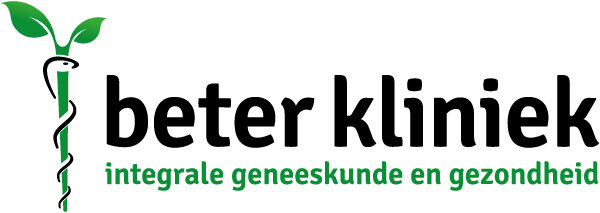What is incontinence?
Incontinence is a common problem in women of childbearing age and older. Often the cause of incontinence is a result of childbirth or stress. Not something to be ashamed of but an annoying problem nonetheless. Treatment is non-surgical or surgical.
Non-surgical treatment includes biofeedback, vaginal cones and electrostimulation, with success rates ranging from 9-63%, Disadvantages include side effects and embarrassment due to insertion of the probe into the vagina.
The gold standard surgical procedure is a mid urethral mesh sling (mesh) with a 56-98% success rate after one year. Unfortunately, about 6% require further surgery, 15% do not respond, and 8% fail after five years. After nine years, about 15% of women need repeat surgery. About 75,000 lawsuits have been filed against mesh manufacturers for false and misleading information about safety and effectiveness.
How can Pulse Magnetic Fields help with incontinence?
High-intensity pelvic electrical stimulation (PEMF) of the pelvis has been available as a nonsurgical option since 1998. It has the advantage of not requiring undressing, insertion of electrical probes or continuous exercise. PEMF penetrates deep into the pelvic floor and provides nerve and muscle stimulation. The pelvic muscle contractions are not uncomfortable and lead to strengthening of the pelvic floor muscles, reducing symptoms of incontinence. Although these muscle contractions are similar to Kegel exercises, they are much more complete and intense.
A study of PEMF and incontinence
A recent study reported on the treatment of 120 women, half of whom received active or sham PEMF stimulation. The sham stimulation was actually a much weaker active PEMF signal that could still be felt. Treatment was 20 minutes twice a week for 16 sessions. After two months, women who did not respond or were not satisfied could opt for 16 additional sessions. Outcome measures were international consultation on incontinence questionnaire (ICIQ-UI SF) and various physical measurements of continence. After two months, 75% who received active stimulation were responders to treatment versus 22% who received sham treatment. Just over ½ of the women received 16 additional stimulation sessions, that is, up to four months of treatment. When assessed 14 months after starting treatment, those who received 32 sessions of active treatment had a 75% response rate, followed by those who had only 16 sessions [68 - 72%]. Finally, only 19 of the 60 women did not receive active stimulation, but they still had a final response rate of 21%.
This study shows that high intensity PEMF training of the pelvic muscles for stress incontinence has a success rate of 68 - 72% about one year after treatment with 16 treatment sessions, and a slight improvement to 75% in women with 32 treatment sessions. The results seem to show that 16 stimulation sessions give impressive results at the end of treatment, but as might be expected, some women lose this benefit after about a year. This could indicate that "tune-ups" may be needed periodically to maintain the benefit.
The value of PEMF pelvic muscle training for stress incontinence is that it is safe, non-intrusive and convenient. The downside is the need to see a professional for treatment, which may or may not be covered by insurance. A home-based PEMF system with sufficient intensity to induce pelvic muscle contractions could potentially be effective as well.
Link to study:
Pulsed magnetic stimulation for stress urinary incontinence: 1-year follow-up results.
Lim R, Liong ML, Leong WS, Karim Khan NA, Yuen KH. J Urol. 2017 May; 197 (5): 1302-1308.

